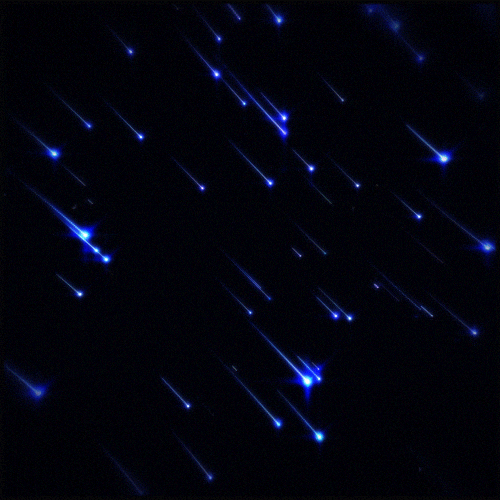
Electron microscopy is a ubiquitous technique for imaging, where the smallest particle – the atom- can be visualized. The interactions between structure and electromagnetic fields at the atomic scale sets off the interplay between these two important properties of matter. Investigating this interplay is necessary to understand the overall macroscopic nature of materials.
The KXN group’s goal is to push our understanding of materials at the atomic length scales. To accomplish this goal, we focus on developing new electron microscopy techniques for condensed matter systems to look for new physics in emergent quantum materials. This includes progressing computational imaging with electron ptychography, AI/ML, and experimental approaches to probe topological, magnetic and ferroelectric systems at Helium temperatures for future microelectronics, spintronics and quantum information technologies.
Current Projects
-

Quantum Information Sciences
Our group uses multislice electron ptychography to search for dopants and defects within materials. Multislice electron ptychography is a phase retrieval technique that recovers the full wave function of the sample in three-dimensions. We collect our data for ptychography by using four dimensional scanning transmission electron microscope (4D-STEM) datasets, which can be acquired using University of Oregon's Spectra 200 microscope. In particular, we run our ptychography algorithm on either a local desktop or the university's supercomputer. Our group also uses simulations to check experimental results with those predicted from theory. Here, we focus on materials used for qubit-agnostic quantum networks.
-

Magnetic Topological Structures
Our group studies topological magnetic textures at the nanoscale using Lorentz 4D-STEM and electron ptychography. We focus our research on unique magnetic topological structures such as centrosymmetric skyrmions that exhibit both Bloch and Néel - type domains.
Our goal is to reconstruct magnetic topological structures in three-dimensions using multislice electron ptychography and uncover novel topologies and magnetism in our systems.
-

Two-Dimensional Materials
We use electron ptychography to generate angstrom scale images from both real and simulated electron microscopy data on transition metal dichalcogenides like MoS2 and MoSe2 to identify topological properties and atomic behavior in varying conditions.


